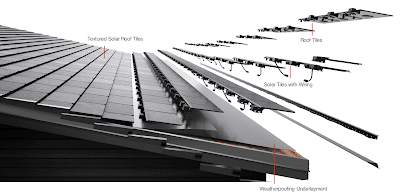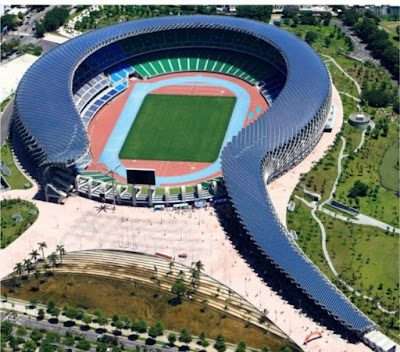Energy solutions and architecture
One of the basic needs in human life is the presence of energy, as it is an integral part of his life.
As its many sources and the extent of its availability are what determines the lifestyle of society,
and the extent of its progress and development.
In addition, there is no development without the availability of energy.
Meanwhile, the demand for energy and the rate of environmental pollution have increased significantly.
And also the lack and limited reserves of fossil energy resources,
the development of accurate systems in energy consumption.
This is in addition to innovation and development of modern means to exploit and employ alternative energy sources,
and the importance of modern environmental architecture trends.
Architecture and solar energy
A building designed according to the rules of solar energy may be based on two main pillars, which we can call “small design areas”.
This includes the outer building envelope, which is mainly responsible for the direction of thermal energy flow between the outside and the inside and vice versa.
The importance of building materials and their physical properties, the composition of the components of the outer wall,
windows and openings, and the orientation of the building plays a very important basic role.

Major design areas
It is represented in the area located between the building’s outer envelope and the climatic or regional borders,
with the perimeter of the area in which the building is located.
This includes the relationship of the building and its interdependence with the surrounding buildings,
which are around it, as well as the planning style of this city.
Through this, an important theory emerged related to mentioning,
employing and harnessing solar energy in the design process.
Buildings that are designed according to the rules for employing solar energy mechanisms and technologies are the main condition and basic qualification.
This is in order to design and construct cities with integrated bases, so that we can employ solar energy.
At the same time, cities that are designed according to the rules for the use of solar energy can secure an ideal employment of solar energy technologies in these buildings.
The most important areas of use of solar energy
The appropriate and appropriate use of solar energy technologies,
in addition to the matters followed in the case of building in hot areas,
is one of the most important areas of using solar energy in buildings.
This is in addition to improving the work efficiency of the effective units of solar energy technologies.
There are two types of solar collector units:
PV
Both receive solar radiation energy and convert it into another type of energy.
Where we find that solar energy has been converted into electrical energy that we can store or use directly, through photovoltaic processes.
As for photovoltaic processes, solar energy can be converted into thermal energy.
Which we can store for later use or distribute and use directly.
Or we can also convert it into other energy, such as electrical energy, by generating steam that rotates the turbine fans.

Solar design between energy and architecture
Solar design in modern and contemporary architecture is rooted in the transformation of the sustainable profession.
Where we find that there is a close relationship between architecture,
energy, strategies and negative performance, through modern methods and innovations in technology.
The primary goal of solar design may center mainly on reshaping cities and architecture around the world.
This is as a way to begin to address the climate crisis that the whole world suffers from,
in addition to emissions of greenhouse gases.
The main goal of architecture for many years was to carry energy with the price to focus on reducing the energy needed by buildings for cooling, ventilation, heating, and lighting.
In the past recent periods, the construction of energy-saving buildings has become an increasing demand with the passage of time.
As the design of these buildings has many advantages, including,
reducing the actual energy required and increasing the energy-intensive materials needed to build them.
Today, architects and designers around the world are taking steps to reduce the amount of energy consumed by new buildings to a minimum.
For more architectural news




